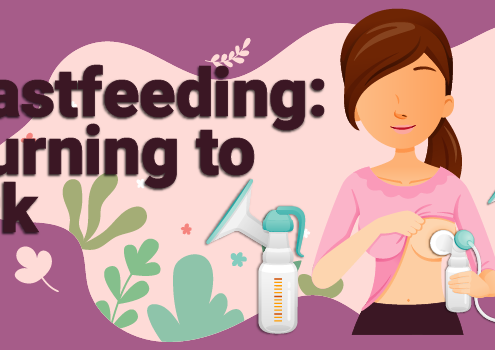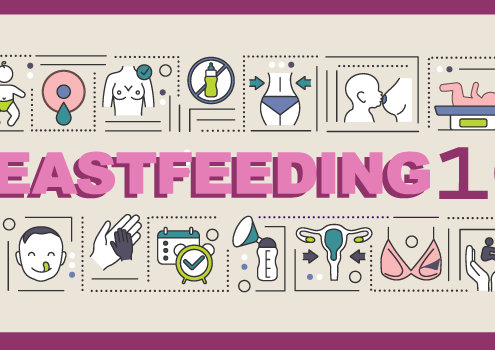
Breastfeeding: Returning to Work
Breastfeeding is good for you and your baby. It protects your…

Breastfeeding 101: Hints to Help You Get Off to a Good Start
from: familydoctor.org/breastfeeding-hints-to-help-you-get-off-to-a-good-start
Breastfeeding…
